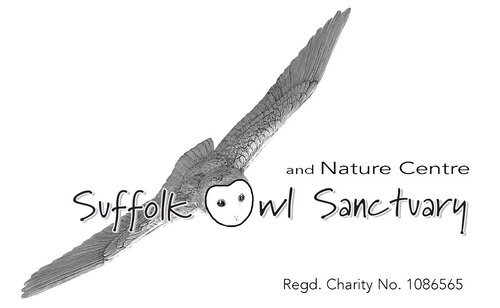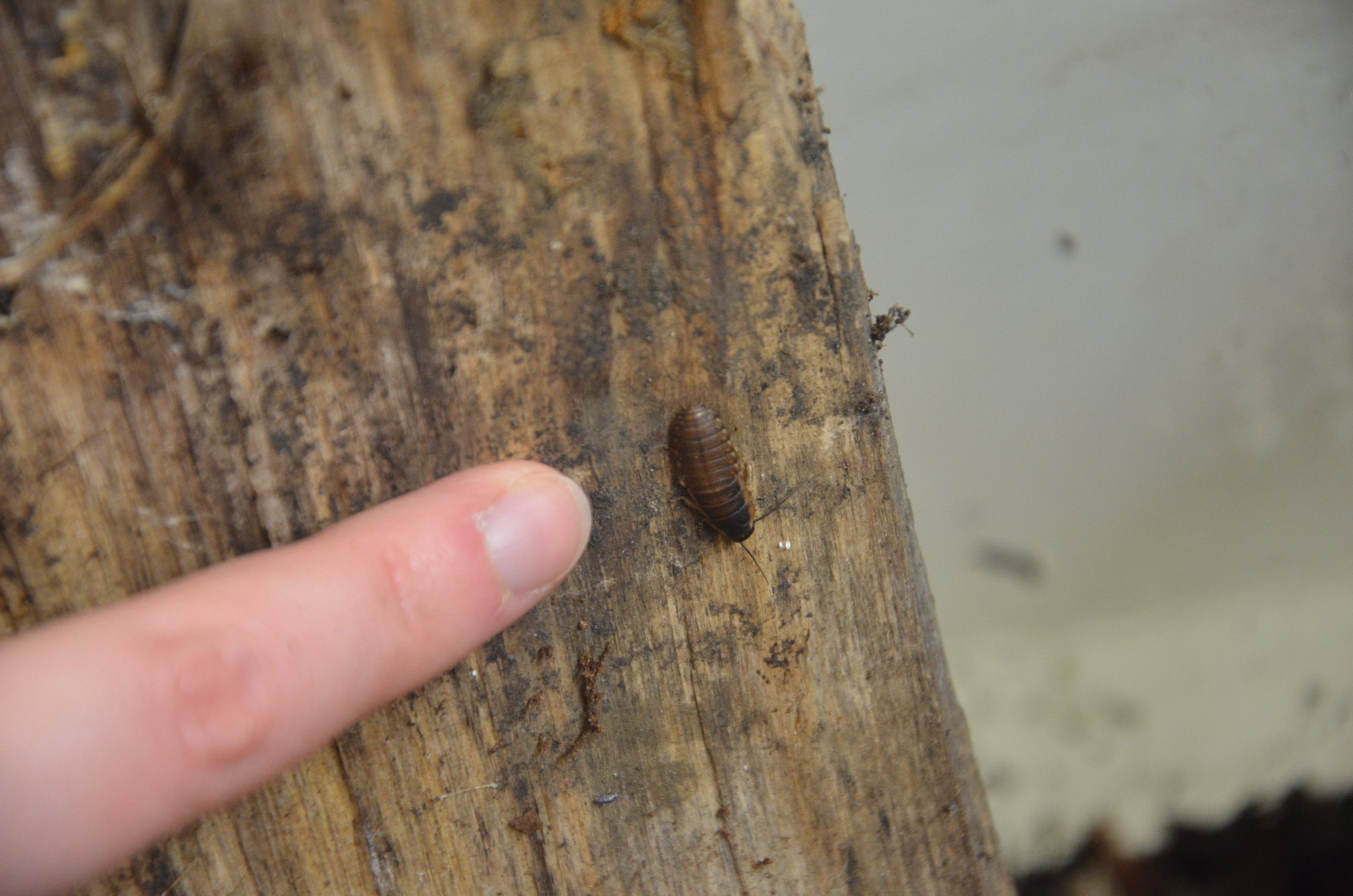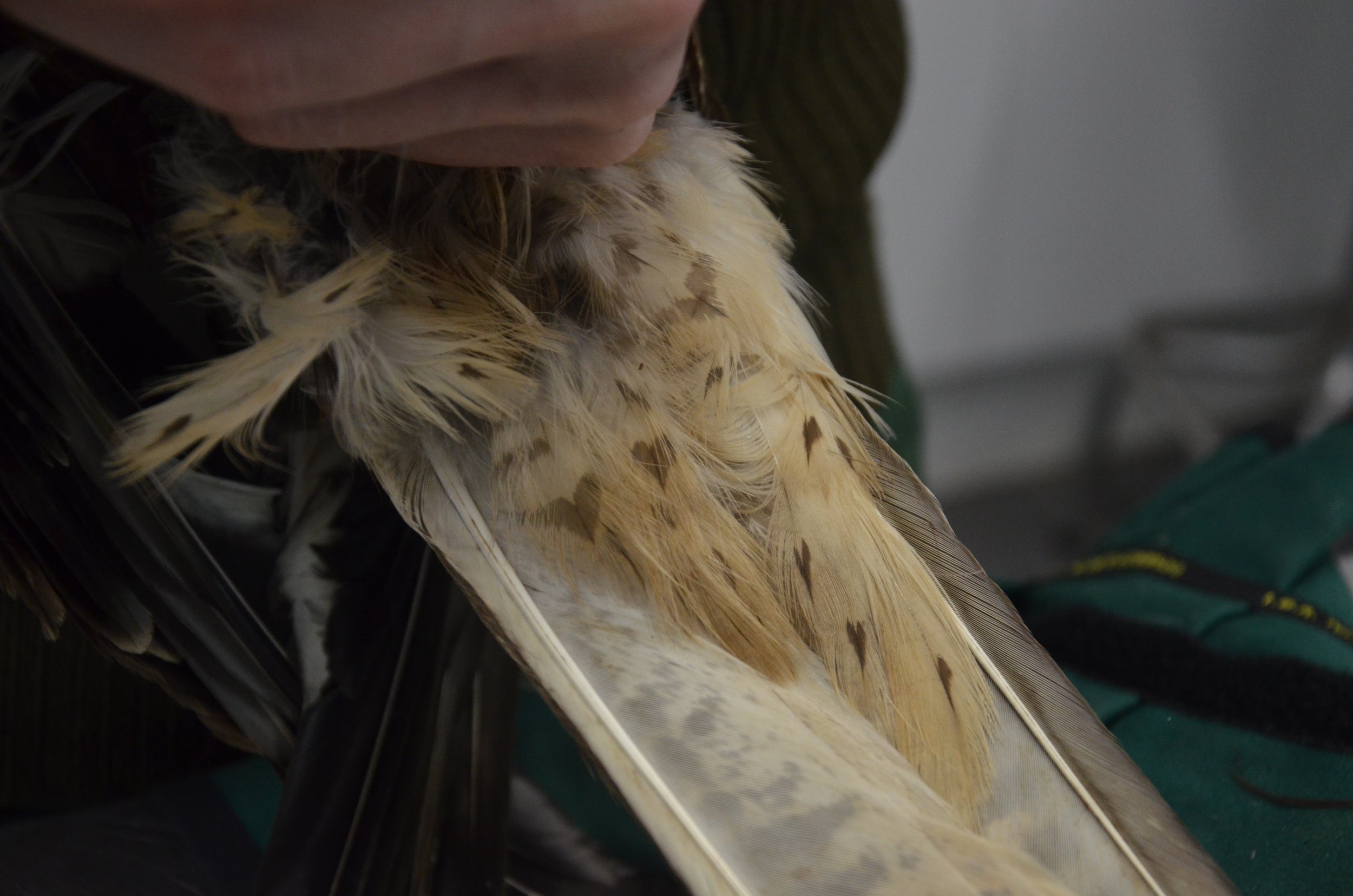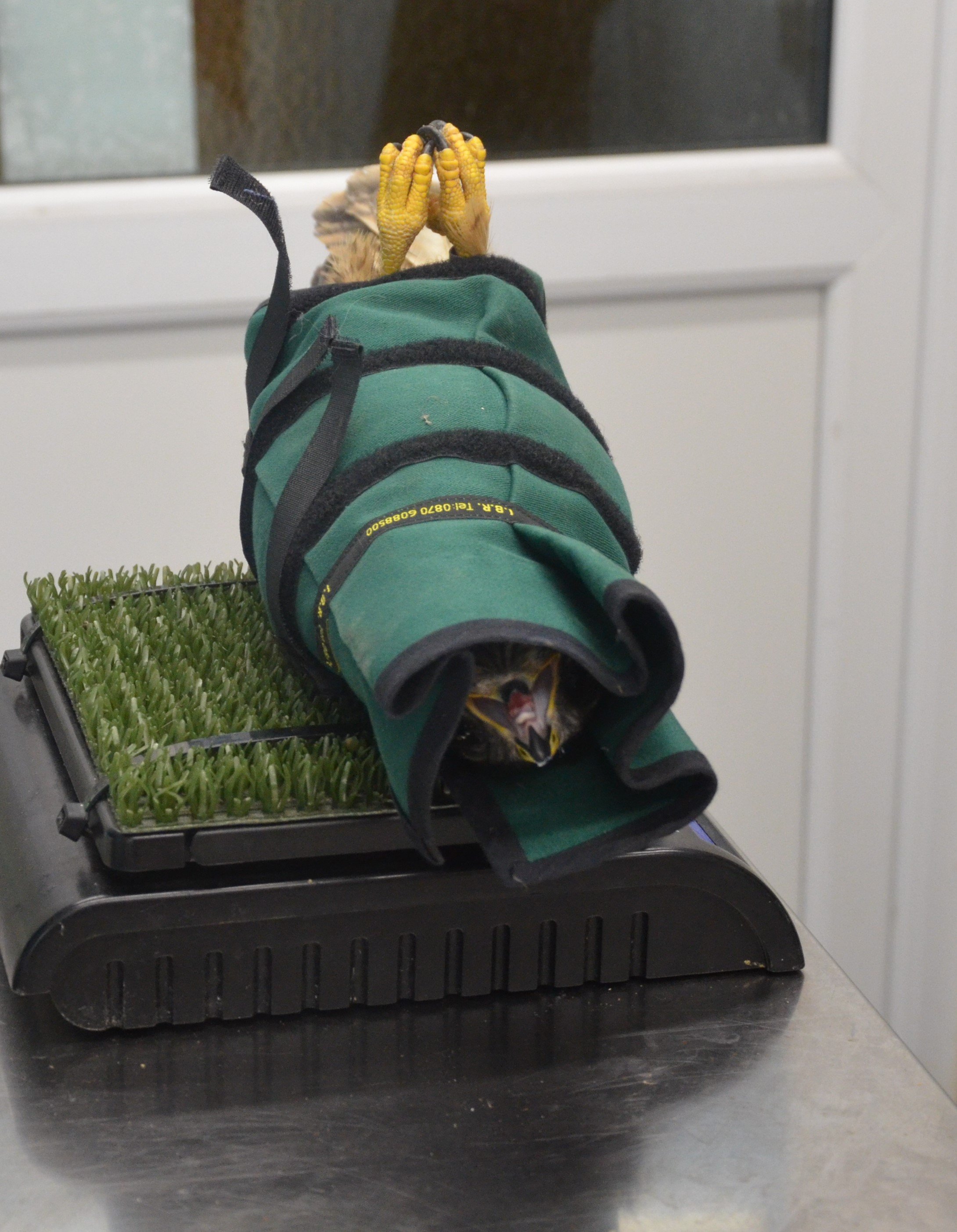Earlier this week we received a call from a concerned member of the public who had found a Tawny Owl stuck in some netting, being used to keep chickens contained following the Bird Flu restrictions. Following our advice to carefully cut around the bird, they brought the Owl to us for further examination.
The female Tawny Owl was in good health and weight, but the netting was wrapped so tightly around her that it was an intricate procedure to cut away all of the remaining netting from her tail, legs and neck. Thankfully, her wings hadn’t been hampered by the netting and upon being freed of the net, she was able to flap both wings.





We gave her some fluids and pain relief and kept her in for observation to check for any longer term damage which may present itself after a few days. Thankfully, she appears to be in good condition and doesn’t seem to have any other injuries, so we hope that she will be released next week,
Netty, looking a bit bedraggled after being released from the netting.
The finder was deeply apologetic about causing the Owl so much stress, and was going home to remove the netting to avoid it happening again.
Another instance where netting is used is to protect fish in ponds. We received a call last weekend from a lady who was concerned about a Tawny Owl that had been caught in their pond netting. It's well known that Tawny Owls will opportunistically hunt for fish, and this individual was caught in the act. Fortunately, it was found and released from the netting without getting too tangled up. Unfortunately, Owls are not waterproof and in the brief time it had been over the pond, it's feathers had soaked up some water, which meant it wasn't able to fly off. The couple called us for advice and arranged to keep an eye on it and bring it in to us in the morning if needed. Thankfully, the warm weather meant the Owl quickly dried out and by the morning it had made its way back into the nearby copse.
This Tawny Owl regretted thinking it would have fish for dinner!
If you do use netting in the garden, to protect plants or keep pets in one place, please:
Use a small mesh size to avoid wildlife from getting tangled up. Ideally the “holes” should be smaller than 1cm to prevent small birds from getting stuck.
Keep it taut! Tight mesh means that birds will bounce off of it whereas floppy netting is likely to pocket the bird and make it much harder to free.
Check! Ideally first thing in the morning and last thing at night as a minimum!
If you do find any wildlife stuck in netting, cut the netting around the animal, but ensure that it is contained so it can’t escape without being properly clear of netting, as this could lead to it getting tangled elsewhere.













































































